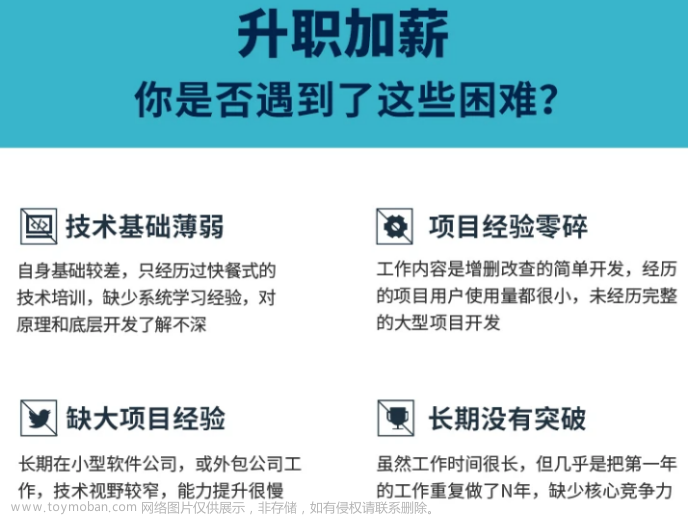public ThreadPoolExecutor(int corePoolSize,
int maximumPoolSize,
long keepAliveTime,
TimeUnit unit,
BlockingQueue<Runnable> workQueue,
ThreadFactory threadFactory,
RejectedExecutionHandler handler) {
if (corePoolSize < 0 ||
maximumPoolSize <= 0 ||
maximumPoolSize < corePoolSize ||
keepAliveTime < 0)
throw new IllegalArgumentException();
if (workQueue == null || threadFactory == null || handler == null)
throw new NullPointerException();
this.corePoolSize = corePoolSize;
this.maximumPoolSize = maximumPoolSize;
this.workQueue = workQueue;
this.keepAliveTime = unit.toNanos(keepAliveTime);
this.threadFactory = threadFactory;
this.handler = handler;
}1、corePoolSize 用于指定线程池的核心线程数大小;
2、maximumPoolSize 用于指定最大线程池大小。
3、keepAliveTime,unit 一起用于指定线程池中空闲线程的最大存活时间。
4、workQueue 任务队列,相当于生产者 - 消费者模式中的传输管道,用于存放待处理的任务。
5、threadFactory 用于指定创建线程的线程工厂。
6、handler 用于指定当任务队列已满且线程数量达到 maximumPoolSize 时任务的处理策略。
一、newFixedThreadPool
public static ExecutorService newFixedThreadPool(int nThreads) {
return new ThreadPoolExecutor(nThreads, nThreads,
0L, TimeUnit.MILLISECONDS,
new LinkedBlockingQueue<Runnable>());
}核心线程数和最大线程数都是 nThreads , 所以线程池在任何时候最多也只会有 nThreads 个线程在同时运行,且在停止线程池前所有线程都不会被回收。LinkedBlockingQueue 的默认容量是 Integer.MAX_VALUE , 近乎无限,在线程繁忙的情况下有可能导致等待处理的任务持续堆积,使得系统频繁GC ,最终导致 OOM。
此类线程池适合用于希望所有任务都能够被执行的情况
二、 newSingleThreadExecutor
public static ExecutorService newSingleThreadExecutor() {
return new FinalizableDelegatedExecutorService
(new ThreadPoolExecutor(1, 1,
0L, TimeUnit.MILLISECONDS,
new LinkedBlockingQueue<Runnable>()));
}newSingleThreadExecutor ,核心线程数和最大线程数都是1,所以线程池在任何时候也只能会由一个线程在同时运行,且在停止线程前所有线程都不会被回收。由于使用了 LinkedBlockingQueue ,所以在极端情况下也是有发生 OOM 的可能。
此类线程适合用于执行需要串行处理的任务,或者是任务提交间隔比任务的执行时间长的情况。
三、newCachedThreadPool
public static ExecutorService newCachedThreadPool() {
return new ThreadPoolExecutor(0, Integer.MAX_VALUE,
60L, TimeUnit.SECONDS,
new SynchronousQueue<Runnable>());
}newCachedThreadPool , 核心线程数是0,最大线程数 MAX_VALUE,所以允许同时运行的线程数量近乎无限。再加上 SynchronousQueue 是一个储存元素的阻塞队列,每当有新任务到来时,如果当前没有空闲线程的话就会马上启动一个新的线程来执行任务,这使得任务重视能够很快被执行,提升了响应速度,但同时也存在由于要执行的任务过多导致一直创建线程的可能,这在任务耗时过长且任务量过多的情况下也可能导致 OOM。
此类线程池适合用于对任务的处理速度要求比较高的情况。
四、ScheduledThreadPoolExecutor
public static ScheduledExecutorService newScheduledThreadPool(int corePoolSize) {
return new ScheduledThreadPoolExecutor(corePoolSize);
} public ScheduledThreadPoolExecutor(int corePoolSize) {
super(corePoolSize, Integer.MAX_VALUE,
DEFAULT_KEEPALIVE_MILLIS, MILLISECONDS,
new DelayedWorkQueue());
}newScheduledThreadPool方法创建的线程对应是 ScheduledThreadPoolExecutor,ScheduledThreadPoolExecutor的核心线程数由入参 corePoolSize 决定,最大线程数是 MAX_VALUE,keepAliveTime 是0秒,所以该线程池可能同时运行近乎无限的线程,但一旦当前没有待执行的任务的话,线程就会马上被回收。
此类线程适合用于需要定时多次执行特定任务的情况。
参考:文章来源:https://www.toymoban.com/news/detail-704282.html
https://github.com/leavesCZY/AndroidGuide/blob/master/Java%20%E5%A4%9A%E7%BA%BF%E7%A8%8B%E5%BC%80%E5%8F%91%EF%BC%885%EF%BC%89%E8%B6%85%E8%AF%A6%E7%BB%86%E7%9A%84%20ThreadPoolExecutor%20%E6%BA%90%E7%A0%81%E8%A7%A3%E6%9E%90.md文章来源地址https://www.toymoban.com/news/detail-704282.html
到了这里,关于Android 中的 线程池的文章就介绍完了。如果您还想了解更多内容,请在右上角搜索TOY模板网以前的文章或继续浏览下面的相关文章,希望大家以后多多支持TOY模板网!








